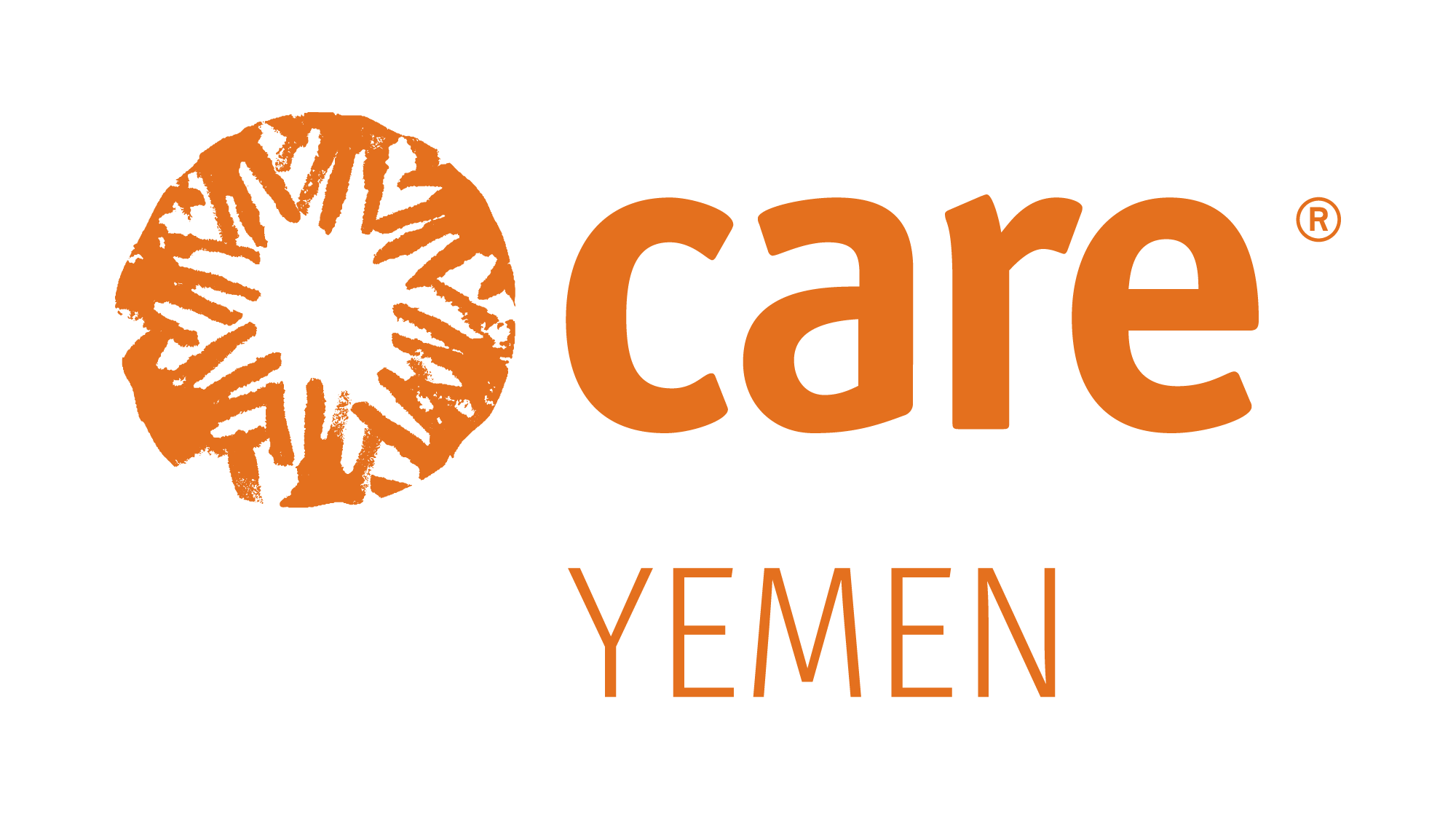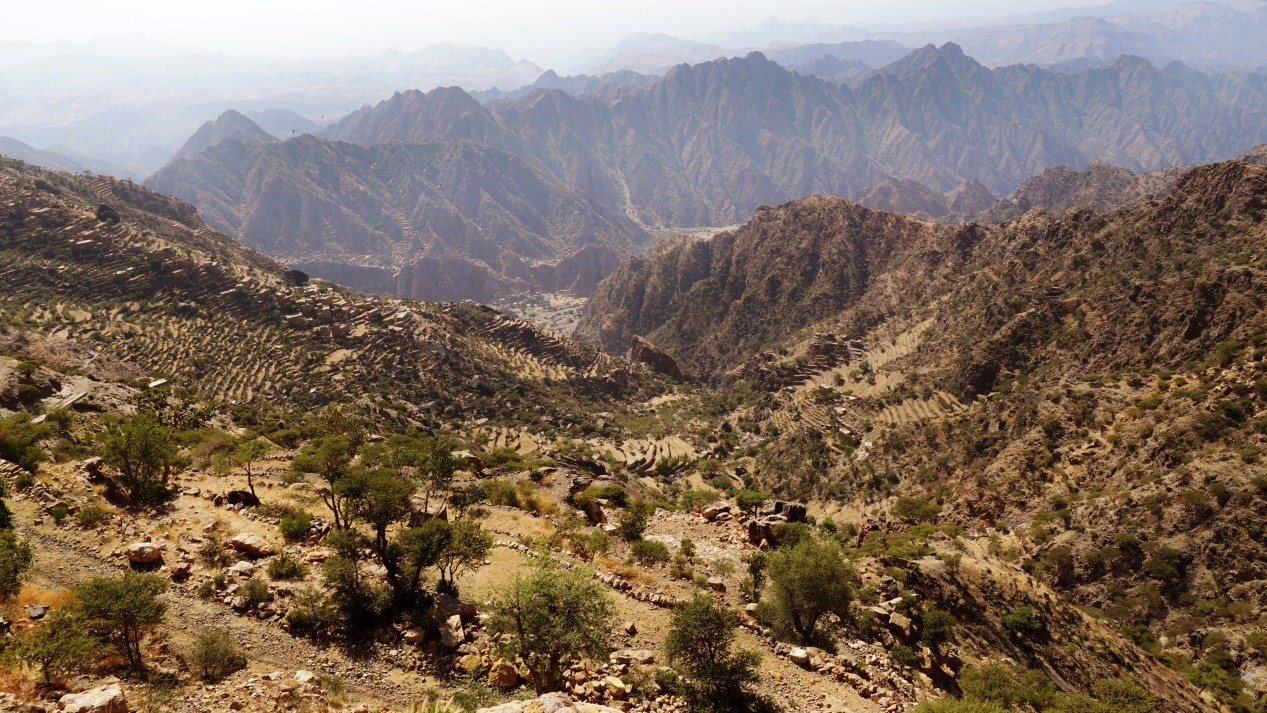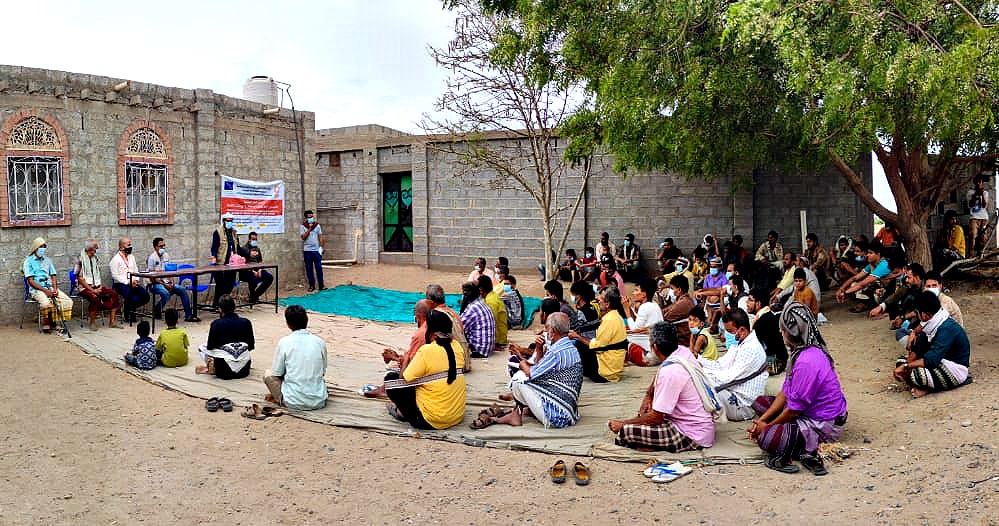Yemen’s humanitarian crisis remains the worst in the world. Over six years of relentless armed conflict has exacerbated the humanitarian needs across the country, with an estimated 20.7 million people requiring some form of humanitarian response or protection aid. The protracted conflict in the country has led to the internal displacement of a large part of the population. The crisis also pummeled the infrastructure and intensified the already existing vulnerabilities in the country. It has significantly deteriorated its economy.
More than 4 million Yemenis have been internally displaced since 2015. The influx of large numbers of internally displaced people has put an additional burden on host communities who lack resources themselves. Only half of the health facilities and two-thirds of schools in Yemen are operational. The water infrastructure is operating at less than 5% efficiency, and roads are either closed or damaged. The unprecedented devaluation of the Yemeni Rial caused significant price hikes of food and medicines, thus aggravating the suffering of the people.
A need for employment and durable solutions in Yemen
The people of Lahj, a governorate in the southwest of Yemen, have no access to water, healthcare, and livelihood services. “We need durable solutions to chronic needs in Lahj,” says Fadl Hassan, a local community committee member from Tuban, a district in Lahj governorate. “Providing employment opportunities and constructing key community assets can have a positive long-term impact.”
Mohammed Saeed, an internally displaced person in Tuban district: “I work for meagre daily wages. This means that I don’t have a fixed source of income to buy daily essentials for my family. I hope that I can secure a job to buy enough food for them.”
Community engagement at the centre of the response
During the initial phase of the project, CARE carried out focus group discussions with displaced families and host communities to confirm community needs, including the most effective cash-for-work interventions. During the discussions, community members prioritized paving the roads as well as rehabilitating irrigation systems and building more classrooms in schools. Following the community consultation, community committees were formed consisting of both internally displaced persons and the host community to better design, implement and monitor the planned interventions.



